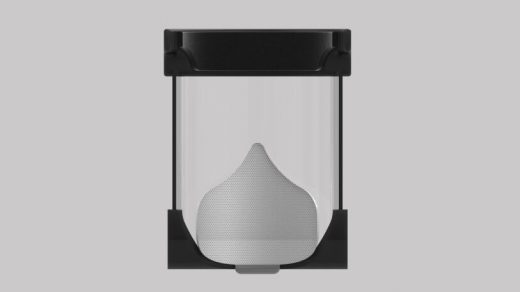High-tech face shields don’t have to be expensive. This design proves it
This spring, six incoming students were told that their Master of Design program at UC Berkeley would be delayed due to the coronavirus. At that time, the need for PPE was at its most acute. And though their program hadn’t officially started, “none of us wanted to just stand by and wait,” says student Roland Saekow. The group had never met in person and was spread across the globe. But it “was our project zero,” says fellow student Abhi Ghavalkar.
Together, they designed a face shield prototype called “SUPERvisor.” It’s designed to help nurses collect COVID-19 test swabs more safely, efficiently, and comfortably by projecting real-time information onto the shield from a smartphone. Costing just about $10, the face shield is an accessible, low-cost alternative to existing augmented reality solutions such as Google Glass. It points to a larger possibility in medical design, too: that high tech doesn’t have to be high cost. Fast Company awarded the SUPERvisor face shield the Linda Tischler Award at the Innovation by Design ceremony Thursday evening.
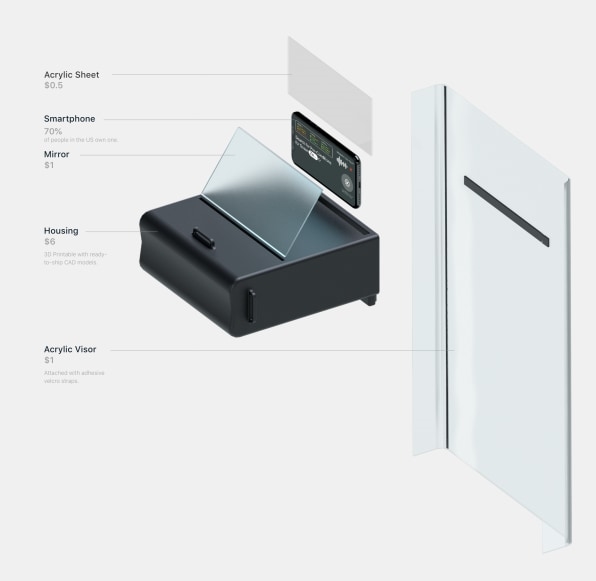
[Photo: courtesy UC Berkeley]
Back in April, hospitals on the front lines of treating COVID-19 were in dire need of support. Nurses reused masks due to severe shortages and wore ponchos instead of medical gowns; field hospitals were constructed to meet demand; doctors worked around the clock. And as Paola Antonelli, curator at the Museum of Modern Art in New York, pointed out last month, designers jumped in to offer solutions. The project from these students is no exception.
The SUPERvisor works through a simple but ingenious hack of the traditional face shield. After downloading a corresponding app, the user places their smartphone in a compartment on the shield right above the eyes. A mirror in the compartment then reflects the smartphone’s display onto the transparent shield below.
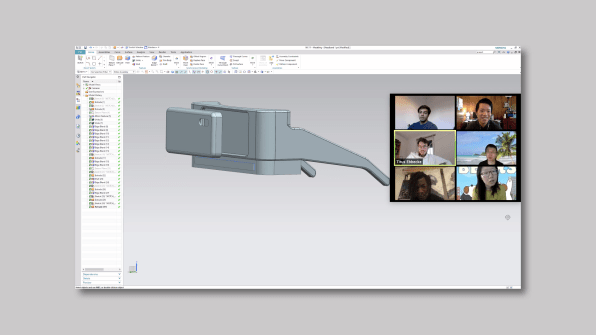
Taking advantage of tech already built into smartphones also means that the product can be made on the cheap. The face shield’s hardware, such as the box that houses the smartphone and a plastic sheet that prevents fogging, can be produced inexpensively with a 3D printer.
The shield, which is still a prototype, primarily displays three types of information: the patient’s background and mood; test samples collected; and information about the test collector’s own health and safety, such as their body temperature, or a reminder to change their PPE. The team says nurses told them a patient’s mood can be critical to the swab test: It can take multiple tries (and wasted test swabs) if the patient is uncooperative—which was even worse at the time they were designing the shield, because swabs were in such short supply.
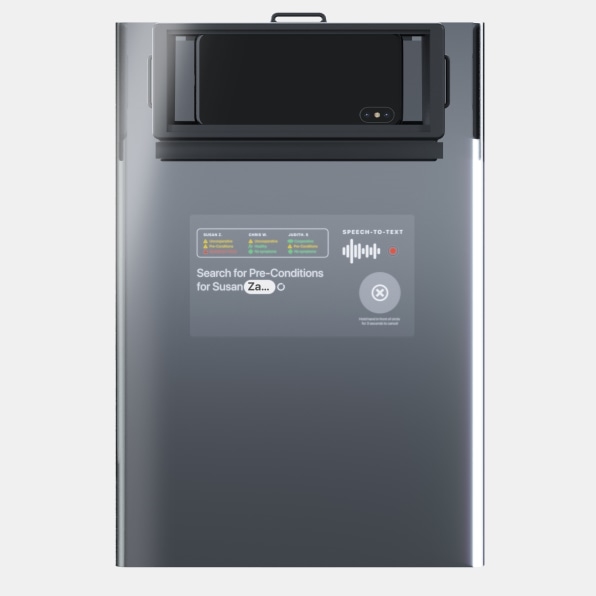
According to Franklyn Bucknor, another student on the team, a software-based AI solution is particularly important because it can use a phone’s existing sensors to add more features as our understanding of the coronavirus evolves. For instance, in the future, using artificial intelligence, a phone could be used to identify whether a particular cough points to COVID-19.
“When we first looked at augmented reality solutions, the things that came up were . . . high-tech products that everyday people can’t access,” says Ghavalkar. “The fact that we were able to make [SUPERvisor] so cheaply . . . that’s a very powerful concept. That’s the impact we’d like to have on the technology or design space. You can simplify things for everyday people. It doesn’t have to just be for the elite.”
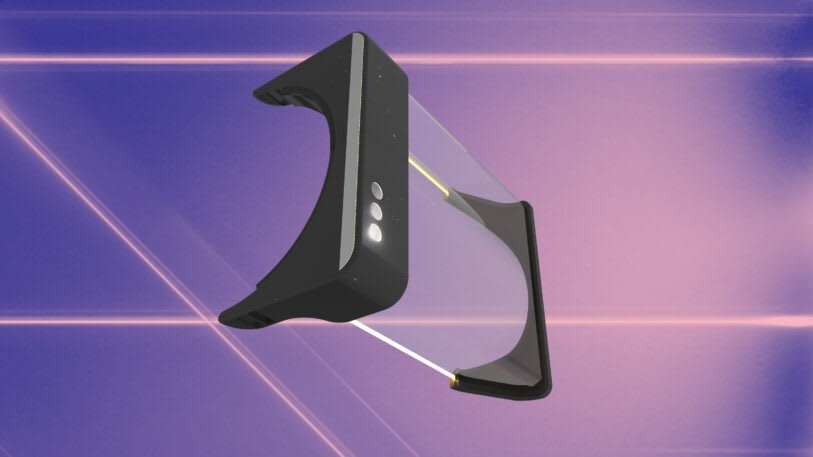
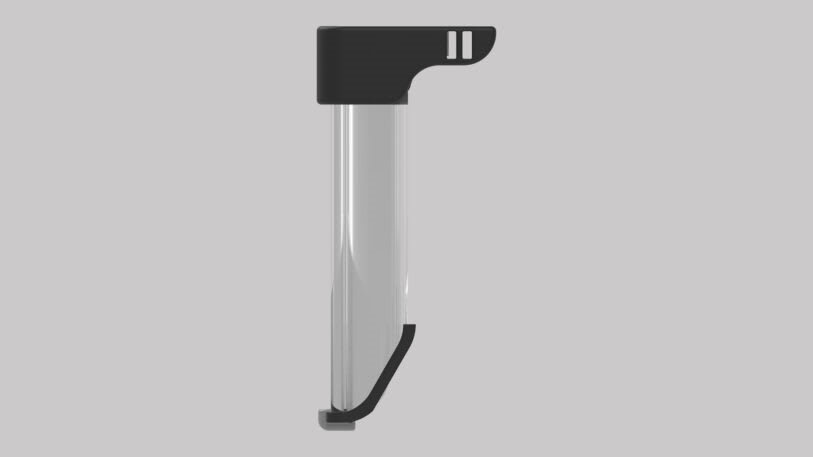
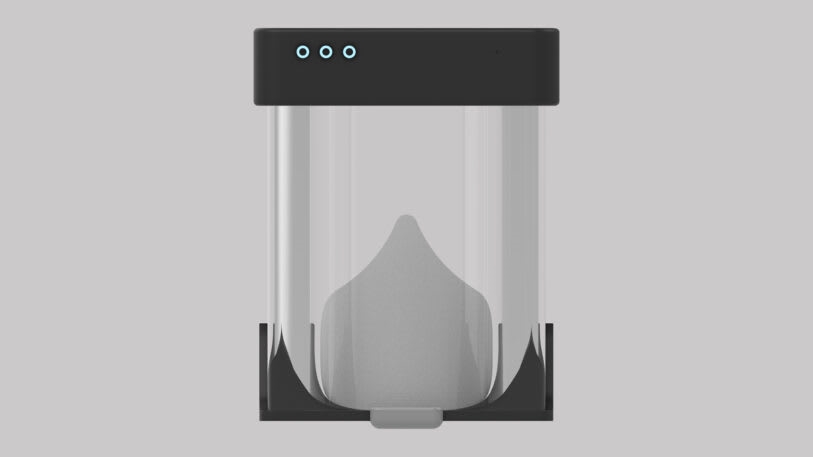
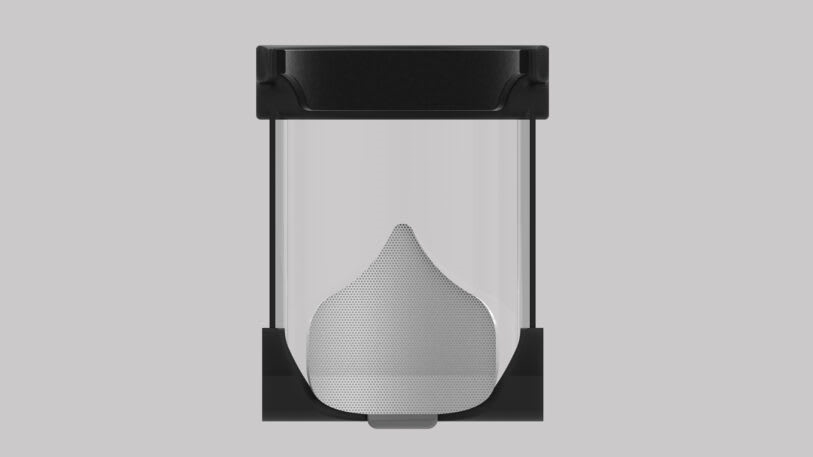
Fast Company , Read Full Story
(37)

